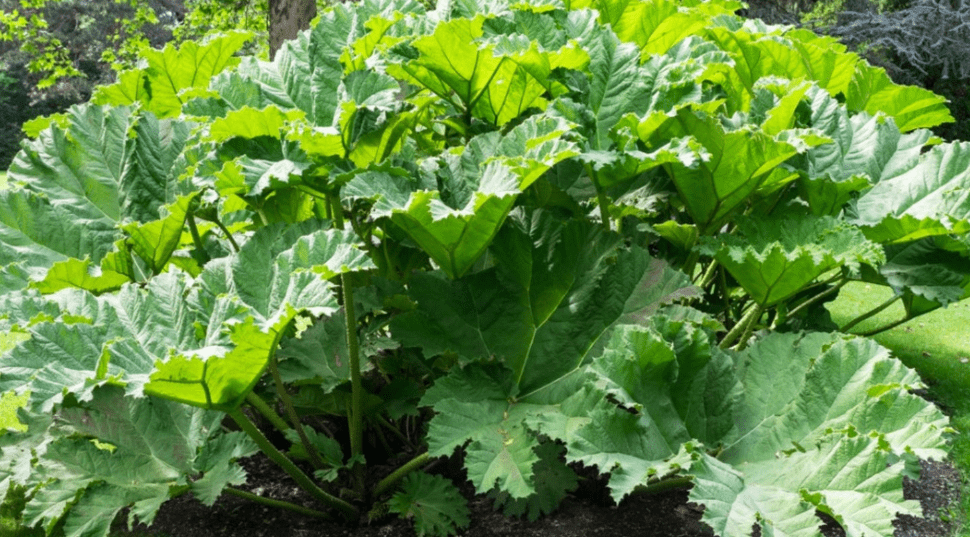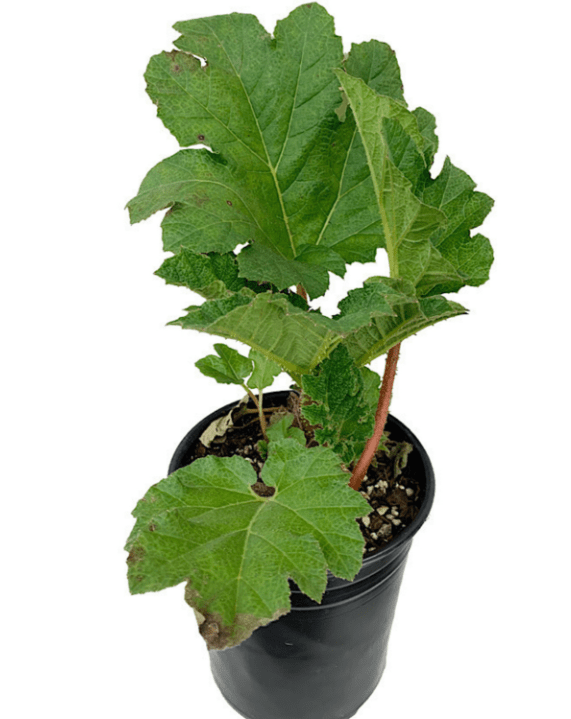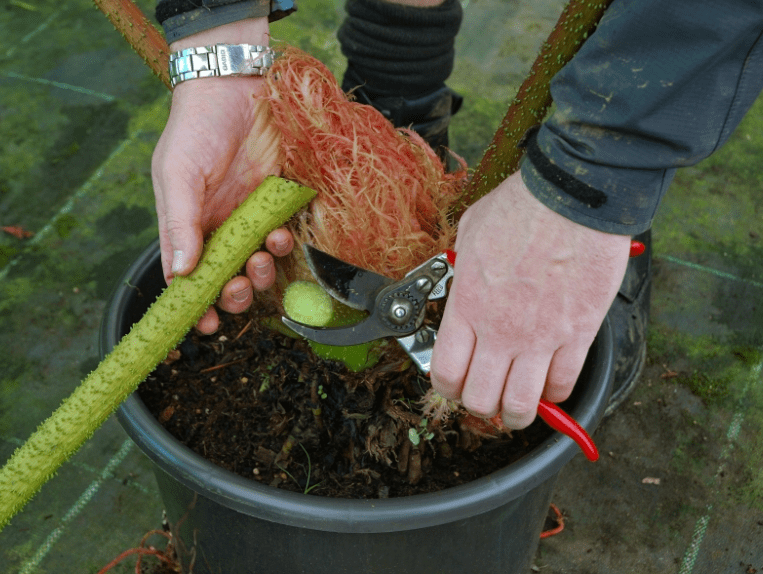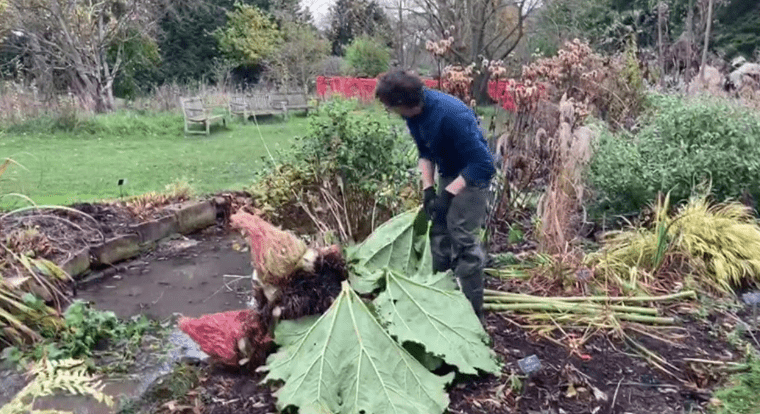
Planting Gunnera: Essential Care for These Majestic Plants
Gunnera is a striking and impressive plant that can add a majestic touch to any garden. However, in order to ensure its health and vitality, it’s important to provide the right care and maintenance. In this post, we will discuss essential care tips for planting Gunnera, including the best practices for planting and maintaining this beautiful plant in your garden. Whether you’re a seasoned gardener or just starting out, these tips will help you keep your Gunnera thriving.
Table of Contents
ToggleUnderstanding Gunnera
A. Description of Gunnera Plants
Gunnera plants are large, leafy perennials that are known for their impressive, umbrella-like foliage. They can reach heights of up to 6 feet or more, making them a dramatic addition to any garden. The leaves are often deeply lobed and can measure up to 4 feet in diameter, creating a lush and tropical look. Gunnera plants also produce cone-shaped flower clusters and small, reddish-brown fruits
B. Different Species of Gunnera
There are several species of Gunnera, but the most commonly grown in gardens is Gunnera manicata, also known as giant rhubarb. This species is native to the Andes Mountains in South America and is well-suited to cool, moist climates.

C. Unique Characteristics and Benefits
One unique characteristic of Gunnera plants is their ability to create a microclimate in the garden, as their large leaves provide shade and retain moisture. This can be beneficial for other plants and can also help to create a more tropical environment in cooler climates. Additionally, Gunnera plants are often used for erosion control along streams and ponds due to their large size and deep root systems. They also provide habitat and food for wildlife, making them a valuable addition to gardens and natural landscapes. Overall, Gunnera plants are prized for their impressive size, lush foliage, and ecological benefits.
Preparing for Planting
A. Choosing the Right Location
Before planting Gunnera plants, it’s important to choose the right location. Gunnera plants thrive in moist, boggy conditions and prefer partial to full shade. They also require rich, well-drained soil with plenty of organic matter. It’s best to select a location near a water source, such as a stream or pond, where the plants can benefit from consistent moisture. Additionally, consider the size of the area, as Gunnera plants can grow quite large and need plenty of space to spread out. By choosing the right location, you can ensure the success of your Gunnera plants and enjoy their unique characteristics and benefits to the fullest.
B. Soil Preparation
To prepare the soil for Gunnera plants, it’s important to ensure it is rich and well-drained, with plenty of organic matter. This can be achieved by adding compost, peat moss, or well-rotted manure to the soil. The soil should also be slightly acidic to neutral in pH, around 5.5 to 7.0, to best support the growth of Gunnera plants. It’s also a good idea to test the soil to determine its nutrient levels and make any necessary adjustments before planting. By properly preparing the soil, you can create the optimal conditions for Gunnera plants to thrive and grow to their full potential.
1. Adding Organic Matter
Organic matter such as compost, peat moss, or well-rotted manure should be mixed into the soil to ensure it is rich and fertile, providing essential nutrients for the Gunnera plants. This will help support healthy growth and ensure the plants have the resources they need to thrive.
Planting Gunnera
A. When to Plant
Gunnera plants are best planted in the spring, after the last frost has passed. This allows them to establish their roots and start growing before the heat of summer arrives. It’s important to wait until the soil has warmed up and is workable before planting Gunnera. This will give the plants the best chance of acclimating to their new environment and growing successfully.
1. Weather Considerations
Gunnera plants are best planted in temperate climates, as they thrive in cooler, moist conditions. They can tolerate some cold temperatures, but it’s important to protect them from frost, especially when they are young and still establishing their roots. If you live in a region with harsh winters, it may be necessary to provide some extra protection for Gunnera plants, such as covering them with a layer of mulch or bringing them indoors during the coldest months. Overall, it’s important to consider the weather and climate of your area when planting Gunnera to ensure they have the best chance of thriving.
B. Planting Techniques
When planting Gunnera, it’s important to choose a location that receives partial to full sun and has moist, well-drained soil. Gunnera plants also require a lot of space, as they can grow quite large, so be sure to give them plenty of room to spread out. When planting Gunnera, dig a hole that is slightly larger than the root ball and backfill with a mixture of compost and soil. Water the plants well after planting to help settle the soil and ensure the roots are properly hydrated. It’s also a good idea to add a layer of mulch around the plants to help retain moisture and protect their roots. With the right planting techniques, Gunnera plants can thrive and grow successfully in your garden.

C. Mulching and Initial Watering
Mulching and initial watering are important steps to take after planting Gunnera. Be sure to add a layer of mulch around the plants to help retain moisture and protect their roots. Additionally, it’s important to water the plants well after planting to help settle the soil and ensure the roots are properly hydrated. With the right care and attention, Gunnera plants can thrive and grow successfully in your garden.
Essential Care and Maintenance
A. Watering Practices
It’s important to establish a regular watering schedule for your Gunnera plants. These plants require consistently moist soil, so be sure to water them deeply and regularly, especially during hot and dry periods. However, be careful not to overwater, as this can lead to root rot. Monitor the soil moisture levels and adjust your watering frequency as needed. Additionally, it’s beneficial to water the plants in the morning to allow for adequate absorption and to prevent fungal diseases. With proper watering practices, your Gunnera plants can thrive and flourish in your garden.
1. Signs of Overwatering and Underwatering
Signs of overwatering in Gunnera plants include yellowing or wilting leaves, moldy or slimy stems, and a foul odor in the soil. On the other hand, signs of underwatering may include drooping or overly dry leaves, brown or crispy leaf edges, and stunted growth. It’s important to monitor the soil moisture levels and adjust your watering practices accordingly to prevent these issues and promote the health of your Gunnera plants.
B. Fertilizing Gunnera
Fertilize your Gunnera plants in the spring with a balanced, slow-release fertilizer. This will help support their growth and overall health. Avoid over-fertilizing, as this can lead to excessive leaf production and a decrease in flower production. It’s best to follow the instructions on the fertilizer package and apply it sparingly to prevent any negative effects on your plants. With the right amount of fertilizer, your Gunnera plants can thrive and produce vibrant, healthy foliage.
C. Pruning and Trimming
Pruning and trimming your plants is important for maintaining their health and promoting optimal growth. For Gunnera plants, it’s best to remove any dead or damaged foliage in the spring as new growth begins. You can also trim back any excessive growth to control the size and shape of the plant. Be sure to use sharp, clean pruning tools to make clean cuts and minimize damage to the plant. Regular pruning and trimming will help your Gunnera plants stay healthy and looking their best.

Dealing with Pests and Diseases
A. Common Pests
Common pests that can affect Gunnera plants include aphids, slugs, and snails. It’s important to regularly inspect your plants for any signs of pest infestation, such as holes in the leaves or sticky residue. If you notice any pests, you can use insecticidal soap or neem oil to treat the affected areas. Additionally, keeping the area around your Gunnera plants clean and free of debris can help reduce the presence of pests. It’s also important to monitor for any signs of disease, such as yellowing or wilting leaves, and take action to address any issues promptly. By staying vigilant and taking proactive measures, you can help keep your Gunnera plants healthy and pest-free.
B. Common Diseases
Common diseases that can affect Gunnera plants include powdery mildew, rust, and leaf spot. These diseases can be identified by symptoms such as white powdery patches on the leaves, rusty-colored spots, or dark lesions. To prevent and address these diseases, it’s important to provide good air circulation around the plants and avoid overhead watering, as excessive moisture can contribute to disease development. If you notice signs of disease, you can treat the affected areas with fungicides or other appropriate treatments, following the instructions carefully. Regularly inspecting your Gunnera plants and taking preventive measures, such as removing any diseased plant material, can help maintain their health and resilience against common diseases.
Seasonal Care
A. Winter Protection
One essential care tip for planting Gunnera is to provide winter protection. Gunnera plants are sensitive to cold temperatures, so it’s important to protect them during the winter months. You can do this by covering the plants with a thick layer of mulch, such as straw or leaves, to insulate the roots and protect them from freezing. Additionally, you can create a protective barrier around the plants using burlap or other material to shield them from harsh winter winds. By taking these steps, you can help ensure the health and vitality of your Gunnera plants during the colder months.

B. Spring Revival
In the spring, it’s important to focus on revitalizing your garden and plants after the winter months. Start by removing any winter mulch and protective barriers from your Gunnera plants to allow them to breathe and receive sunlight. Next, inspect the plants for any signs of damage or disease, and prune away any dead or damaged foliage. It’s also a good time to fertilize the plants to give them a nutrient boost as they begin to grow again. Finally, make sure to keep the soil moist but well-drained to support the growth of new leaves and flowers. With proper care in the spring, your Gunnera plants will thrive and flourish throughout the growing season.
Propagating Gunnera
A. Methods of Propagation
There are a few methods of propagating Gunnera plants. One common method is to divide the plant’s rhizomes, which are underground stems that produce new shoots. To do this, carefully dig up the plant and separate the rhizomes into smaller sections, making sure each section has at least one bud or shoot. Replant the divided sections in a new location with well-drained soil and keep them well-watered until they establish themselves.
Another method of propagation is through seed, although it can be more challenging as Gunnera seeds have specific germination requirements. If you choose to propagate the plant from seed, collect the seeds from mature plants and plant them in a seed tray with a mix of peat and sand. Keep the tray moist and in a warm, bright location until the seeds germinate.
Regardless of the propagation method you choose, it’s important to provide the new plants with the right growing conditions, including adequate sunlight and moisture, to ensure their success. With careful attention, you can propagate Gunnera plants and expand your garden with these impressive, large-leaved specimens.
Enhancing Your Garden with Gunnera
A. Landscaping Ideas
Landscaping ideas can range from simple additions like flower beds and mulching to more complex projects like creating a patio or installing a water feature. It’s important to consider factors such as the size and shape of your yard, the amount of sunlight it receives, and your overall aesthetic preferences when coming up with landscaping ideas. You may also want to think about the maintenance requirements of different landscaping features and how they will fit into your lifestyle. It can be helpful to consult with a professional landscaper to get some expert advice and guidance on the best landscaping ideas for your specific yard.
B. Using Gunnera in Water Features
One way to enhance your garden with Gunnera plants is by incorporating them into water features. Their large, dramatic leaves can create a stunning visual impact around ponds, streams, or waterfalls. Additionally, their robust growth can help provide shade and shelter for aquatic wildlife. When using Gunnera in water features, it’s important to consider their water requirements and ensure that they are planted in a location with consistently moist soil. With proper care and attention, Gunnera plants can thrive in water features, adding a unique and attractive element to your garden.
Troubleshooting Common Issues
A. Yellowing Leaves
Yellowing leaves on Gunnera plants can be a sign of either overwatering or nutrient deficiencies. It’s important to check the moisture levels in the soil and adjust watering as needed. Additionally, consider adding a balanced fertilizer to the soil to ensure that the plants are receiving the necessary nutrients. It’s also important to monitor for any signs of pests or diseases that may be causing the yellowing leaves and address those issues promptly. With proper care, you can help your Gunnera plants regain their healthy green color.
B. Stunted Growth
Stunted growth in Gunnera plants can be due to a variety of factors. It’s important to ensure that the plants are receiving adequate sunlight, as Gunnera plants thrive in full to partial sun. Additionally, check the soil to ensure it is well-draining and not too compacted, as this can inhibit root growth. Consider adding a well-balanced fertilizer to the soil to provide the necessary nutrients for healthy growth. It’s also important to monitor for any signs of pests or diseases that may be hindering the plant’s growth and address those issues promptly. By addressing these factors, you can help promote healthy and vigorous growth in your Gunnera plants.
In conclusion, planting and caring for Gunnera requires attention to detail and a commitment to providing the right conditions for its growth. From proper soil preparation to regular watering and maintenance, following these essential care tips will help ensure that your Gunnera plants thrive in your garden. With the right care, these majestic plants can truly make a stunning addition to your outdoor space.
Frequently Asked Questions (FAQs)
Gunnera is a large, herbaceous plant known for its massive leaves and dramatic appearance. It is often used as a focal point in garden landscapes.
Gunnera prefers moist, well-drained soil and partial shade. Plant it in a location with plenty of space, as it can grow quite large. Dig a hole twice the size of the root ball and backfill with a mix of compost and soil.
Gunnera requires consistently moist soil, so it is important to water it regularly, especially during dry periods. However, be careful not to overwater, as this can lead to root rot.
n colder climates, Gunnera may need protection from frost. You can cover the plant with a layer of straw or leaves, or even build a temporary shelter around it to shield it from the cold.
Gunnera does not require much pruning, but you can remove dead or damaged leaves as needed. In the spring, you can also cut back any old growth to make way for new growth.
Gunnera benefits from a yearly application of a balanced, slow-release fertilizer in the spring. Be sure to follow the instructions on the fertilizer packaging for best results.
Gunnera is generally resistant to pests and diseases, but it can be susceptible to slugs and snails. Keep an eye out for these pests and take measures to control them if necessary.
Over time, Gunnera can become quite large and may need to be divided to maintain its health and vigor. To divide Gunnera, carefully dig up the plant and use a sharp spade to separate the root ball into smaller sections, making sure each section has plenty of roots and foliage. Replant the divisions in a suitable location and water them well.
